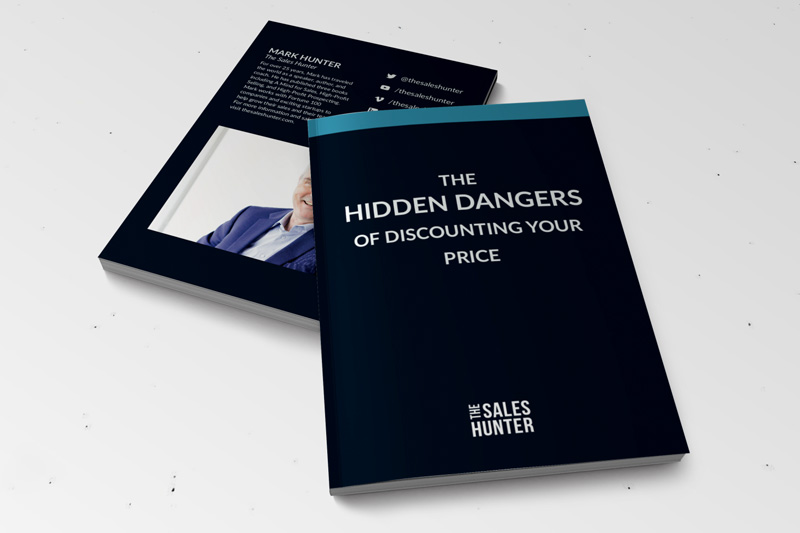 The #1 sales problem most salespeople face is the challenge in finding prospects.
The #1 sales problem most salespeople face is the challenge in finding prospects.
I’ll even go one step further and argue that it’s not finding prospects that is the problem, it’s finding good prospects. My definition of a “good prospect” is someone who is motivated and qualified to buy.
The problem is too many salespeople spend their time chasing nothing more than bodies they think they can then turn into a buyer.
Two criteria I use to separate “prospects” from “suspects” are:
1. You must know the customer’s timing to make a decision.
2. The customer must provide you with at least one piece of proprietary information.
These two items are almost bullet proof in terms of being able to know if a person is a good prospect.
Timing is somewhat self-evident. If a person can qualify when they intend to make a decision, the salesperson can then determine if they’re a prospect or a good prospect. This does not mean a person who can’t qualify the timeframe in which they’re going to make a decision is not also a good prospect. It just means they have a high degree of NOT being a good prospect.
The second point — proprietary information — is huge.
If the customer is not willing to share with you some sort of proprietary information about themselves or their company, then they have not reached a level of comfort in working with you. Additionally, if they won’t share something of proprietary nature, then it means they may not be serious about making a decision.
Keep in mind the same thing applies with this as it does with time. The customer could still be a good prospect, but there’s a high likelihood they’re not.
If you can get the customer to share with you both their timeframe for making a decision and one piece of proprietary information, then by all means, they’re a good prospect. These are the prospects you want to be spending your time with.
This is why I stress that early in the prospecting process, it is important to ask questions regarding time and allow the customer to have enough confidence in you to share something proprietary. The earlier a salesperson can find this out, the better.
If the customer is not willing to share, the next step is to begin dialing down the amount of effort you are spending on this “suspect.”
Want to learn more about the best ways to prospect? Check out this FREE Webinar on Prospecting that I am doing with best-selling sales author Craig Elias.
WEBINAR DATE: Tuesday, March 13
Invest in yourself, as we explore 3 Steps to Closing More Deals and Getting Better Referrals. This is shaping up to be a phenomenal webinar, packed with information you can immediately use to make your prospecting efforts more profitable.
Copyright 2012, Mark Hunter “The Sales Hunter.” Sales Motivation Blog.











